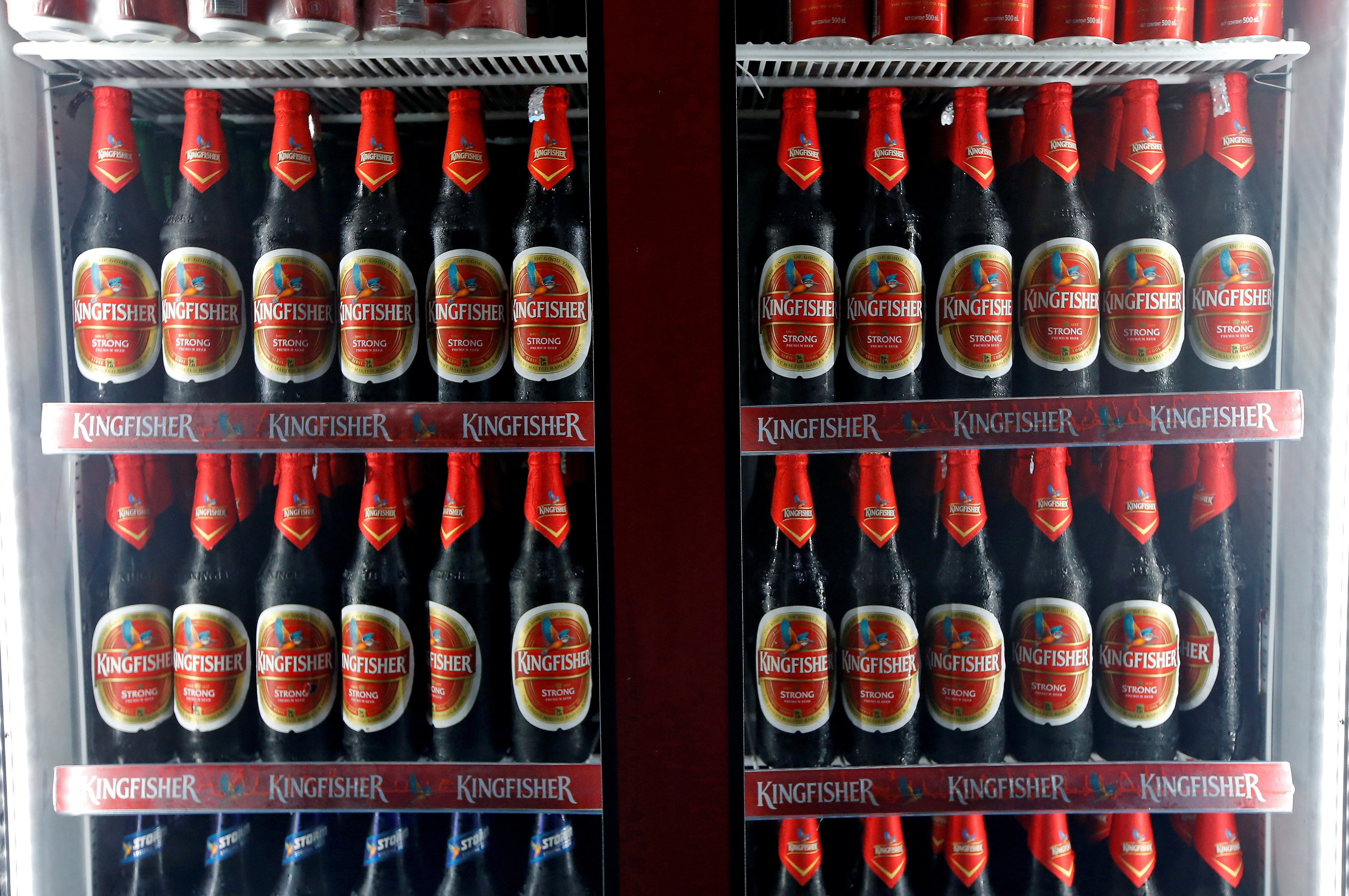Galveston Liquor: The Ultimate Destination for Spirits and Wines
Wiki Article
Mastering the Craft of Purification: a Deep Dive Into Distillery Traditions
Discovering the complex art of distillation reveals a globe soaked in time-honored practices that have formed the spirits we take pleasure in today. From the old origins of purification techniques to the contemporary advancement of distillery devices, each action in the process carries with it an abundant tapestry of background and competence. As we delve into the fragile equilibrium of contemporary versus traditional distilling methods and reveal the significance of crucial active ingredients, a deeper understanding arises of the extensive impact distillery customs carry the spirits we savor.Origins of Purification Strategies
The growth of purification techniques has a rich history that traces back to ancient worlds. The origins of purification can be connected to very early human beings such as the Mesopotamians, Egyptians, and Greeks. These old cultures made use of rudimentary distillation methods for perfumery, medicine, and producing alcoholic beverages. The concept of separating components based on their different boiling points laid the structure for the innovative distillation processes we have today.
The earliest evidence of purification go back to around 3000 BC in Mesopotamia, where clay pots were made use of to boil down perfumes and fragrant oils. The Egyptians even more advanced these techniques, making use of purification for medicinal purposes and embalming techniques. The Greeks, notably figures like Aristotle and Hippocrates, contributed to the theoretical understanding of purification.
Gradually, distillation spread to areas like India, China, and the Center East, each culture including its special touch to the craft. The development of distillation strategies continued through the Middle Ages and the Renaissance, ultimately leading to the varied variety of distillation procedures utilized in modern distilleries worldwide.
Advancement of Distillery Tools

With developments in technology and a much deeper understanding of the purification procedure, modern-day distilleries currently make use of a selection of innovative devices to produce spirits of the best. Today, distillation tools consists of column stills, reflux stills, and hybrid stills, each made to provide to particular purification requirements. These modern stills supply much better temperature law, enhanced distillation accuracy, and greater performance in dividing alcohol from impurities.
Along with stills, distilleries now make use of sophisticated condensers, fermenters, and filtration systems to additional refine the extract. The evolution of distillery devices continues to play a vital function in forming the diverse array of spirits available in the marketplace today.
Conventional Vs. Modern Distilling Practices
On the other hand, contemporary distilling methods take advantage of sophisticated modern technology and innovation to streamline manufacturing processes and improve consistency. Automated systems, computerized controls, and cutting edge equipment allow modern-day distilleries to generate spirits more effectively and with greater precision.While conventional distilling practices are cherished for their heritage and the unique tastes they generate, modern-day approaches use advantages in terms of scalability, quality assurance, and sustainability. By including clinical improvements and contemporary engineering, distillers can maximize manufacturing, lower waste, and satisfy the demands these days's market better. Eventually, the choice in between conventional and modern distilling practices often relies on the distillery's goals, worths, and target market.
Key Active Ingredients in Distillation Refine
Within the craft of purification, the selection of vital ingredients plays a vital role in determining the taste profile and top quality of the spirits created. The key components used in the purification procedure are normally water, yeast, and a fermentable source such as grains, fruits, or sugarcane.Water is an essential component as it not only dilutes the alcohol material to a tasty level yet also impacts the total mouthfeel and texture of the spirit. The top quality and mineral content of the water utilized can significantly influence the end product.
Yeast is an additional important active ingredient that converts the sugars present in the fermentable resource right into alcohol through the process of fermentation. Various stress of yeast can produce differing fragrances and tastes, adding to the distinct features of the spirit.

Impact of Distillery Traditions on Spirits
The impact of longstanding distillery customs on spirits extends past the selection of crucial ingredients, shaping the really essence and personality of the final distilled items (Breweries in Galveston Texas). These customs, passed down through generations, play a crucial duty in specifying the distinct taste accounts and qualities that differentiate one spirit from an additionalDistillery traditions include a vast array of techniques, from the specific methods utilized in purification to the choice old procedures utilized. The use of conventional copper pot stills in scotch manufacturing is believed to pass on specific tastes and features that are very valued by connoisseurs. Similarly, the aging of spirits in oak barrels, a method deeply rooted in distilling customs, adds to the growth of intricate aromas and flavors in time.

Final Thought
To conclude, the practices of distillation have a rich background that has actually progressed in time. From the beginnings of purification strategies to the modern-day practices, the impact of distillery traditions on spirits is indisputable. By comprehending the crucial active ingredients in the purification procedure and the advancement of distillery equipment, one can value the craftsmanship and virtuosity that enters into developing top notch spirits. Distillery traditions play an important function in shaping the spirits market and protecting the heritage of distillation practices.Throughout the history of distillation, the equipment made use of in distilleries has actually gone through considerable evolution to enhance performance and top quality of the distillation process.With advancements in modern technology and a much deeper understanding of the purification procedure, contemporary distilleries now make use of a range of advanced devices to generate spirits of the highest possible quality. Today, distillation devices includes column stills, reflux stills, and crossbreed stills, each made to provide to specific distillation requirements. From the origins of purification techniques to the modern-day methods, the impact of distillery practices on spirits is indisputable. Distillery traditions play a crucial role in forming the spirits market and maintaining the heritage of purification practices.
Report this wiki page